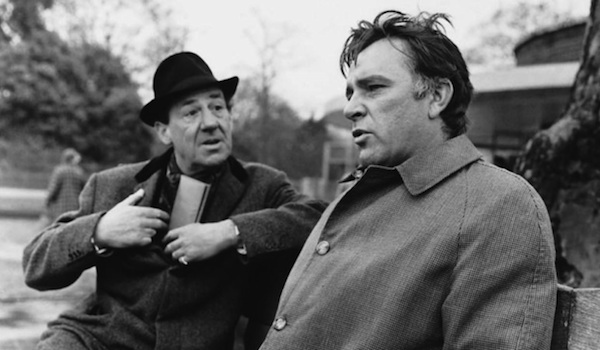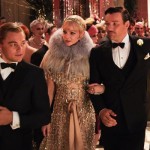The Spy Who Came in from the Cold Review
Martin Ritt’s The Spy Who Came in from the Cold captures the essence of its source material almost eerily well. Adapted from what’s arguably John le Carre’s best and most well-known novel, the film and its lead character are portraits of Cold War malaise. Though it came out in 1965, during the golden age of James Bond, there aren’t any “shaken, not stirred” martinis or megalomaniacal villains in this world. It’s just the story of a man, his job, and the sometimes innocent, sometimes not so innocent men and women who get tangled in his web.
Alec Leamas (Richard Burton) is the Berlin Station Chief for a branch of British Intelligence, and his track record has gotten poor of late. His latest mark for defection, a Karl Riemeck, was shot dead near the border, and following the incident, Leamas’ boss, Control (Cyril Cusack), pulls him out of the field—brings him in from the cold.
Now equipped with a job in a library, Leamas collapses in on himself. He takes to drinking—heavily—and even assaults a local grocer, which results in a stint in prison. The only saving grace in his life is Nan (Claire Bloom)—a sweet co-worker who’s Communist leanings amuse Alec to no end. Following his release, Leamas is contacted by an East German recruiter, who thinks this burnt-out former spy is ripe for defection. Leamas, however, is still in touch with Control, and the two have big plans in mind.
The Spy Who Came in from the Cold—to put it in LOST terms—is a long con. With five minutes left in the film, two characters sit down and play catch-up. It’s only then that the audience finally figures out who exactly is on what side. It makes for a pretty fascinating guessing game, but it also breaks the cardinal rule of “show, don’t tell.” When all is said and done, the narrative is spectacular, but getting to that point involves a lot of confused head scratching.
The atmosphere and performances more than make up for any narrative or pacing deficiencies, however. Richard Burton bears the weight of the world on his shoulders. Though the plot flies from here to there, changing on a dime, the one constant throughout is the downright hopelessness in Leamas. He’s a very atypical hero, even for the genre. The only thing grounding him is Nan, and even she seems like more of a burden than he’d care to bare. For a star like Burton, it’s a rather daring role that asks him to leave any semblance of charm at the door, and he pulls it off perfectly.
The film’s look and tone reflect the bleak mentality of its lead. Much of the action, as you might expect, takes place in the shadows. The camera isn’t afraid of lingering on, for example, a forlorn face or some relic of the Cold War. The score, from Sol Kaplan, is sparsely used but very melancholy and effective. And the film’s spot-on set decoration was, outside of Burton, the source of its only Oscar nomination.
As an adaptation, the film is fine. Le Carre’s novel is on the slimmer side; it certainly couldn’t have posed the same challenges faced by Bridget O’Connor and Peter Straughan who had the unenviable task recently in trimming down Tinker, Tailor, Soldier, Spy into a two-hour feature. Still, The Spy Who Came in from the Cold hits a lot of right notes and is a rather essential, if sometimes too dreary, entry in the spy movie canon.

















Pingback: Slow Film II | Portsmouth Public Library (NH)